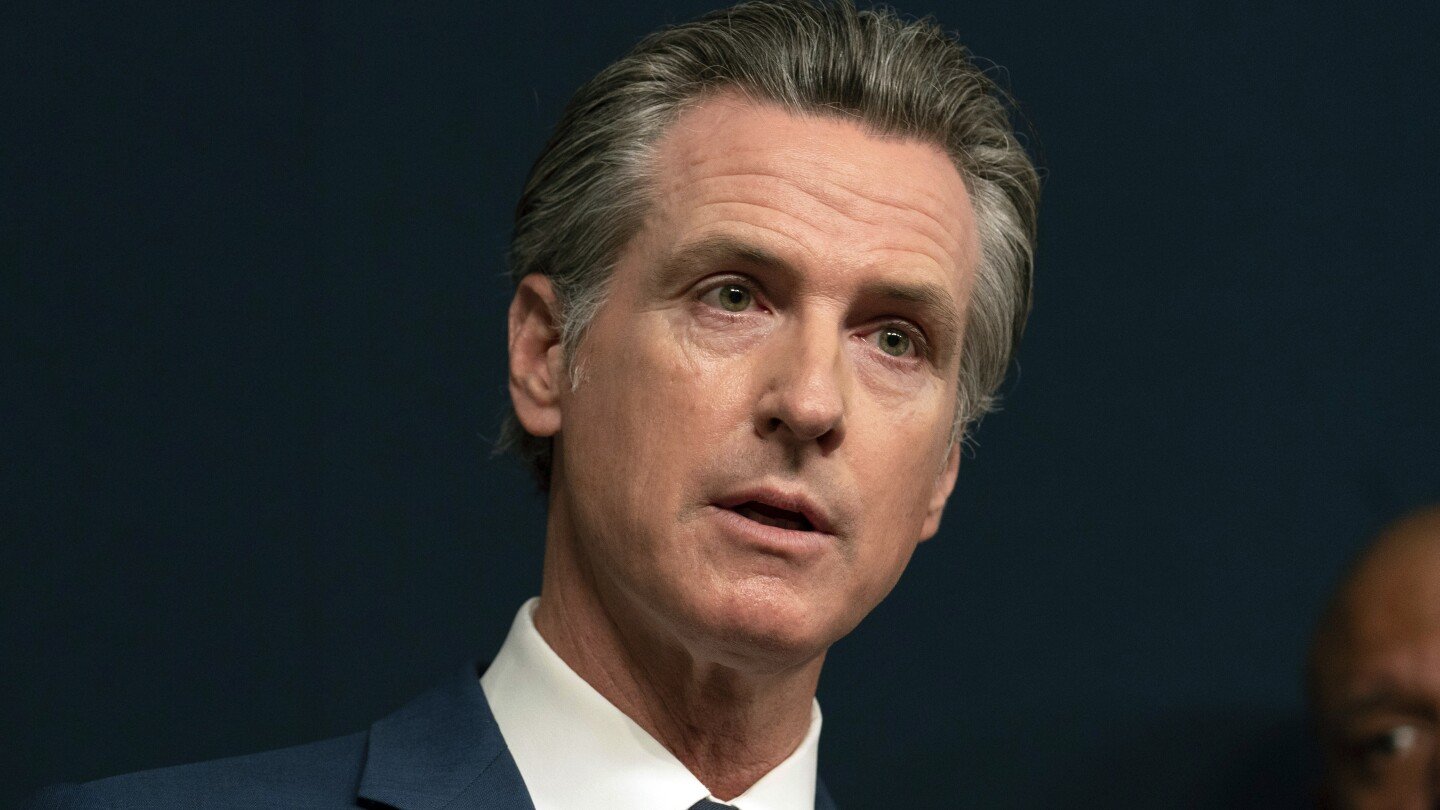Large businesses in California will have to disclose a wide range of planet-warming emissions under a new law Gov. Gavin Newsom signed Saturday — the most sweeping mandate of its kind in the nation.
The law requires more than 5,300 companies that operate in California and make more than $1 billion in annual revenues to report both their direct and indirect emissions. That includes things like emissions from operating a building or store as well as those from activities like employee business travel and transporting their products.
The law will bring more transparency to the public about how big businesses contribute to climate change, and it could nudge them to evaluate how they can reduce their emissions, advocates say. They argue many businesses already disclose some of their emissions to the state.



Apple already does it.
Yeah, that’s pretty cool. I’m more curious about the nitty gritty details of how you actually pull this off as a business. AKA, the teams, processes, and governance that you need to put into place.
Does anyone here have any experience with that? I’m genuinely curious about how this works.
The way companies do it is a lot of napkin math. I worked next to a team that built a service to help other companies figure this out (I provided the sample code and docs they share with customers for onboarding). You plug in some basic info, as an example this building used X kilowatt hours of electricity that the power company says is 10% coal and 90% hydro, which, based on a lookup table that means Y tons of CO2 emissions per hour, add X*Y to your total and move onto the next building. It’s not an exact science measuring actual emissions, more looking for ballpark numbers trying to get rough estimates based on what sustainability consortiums agree is the emission rates for certain things/activities/events. It doesn’t matter if your X is slightly more efficient than your neighbors X, because your maintenance guy is better, both will get the “X” rate for emissions based on the agreed upon value for the thing being measured. The idea is to capture as many things/activities/events as possible to get an estimate of emissions, not a measurement.
There are a lot of internationally recognized calculations and reporting methods and companies can hire consultants who can estimate the emissions in their end to end supply chains.
There are also calculators online that can give an example on what elements are considered, e.g. the below from UN.
https://unfccc.int/documents/271269